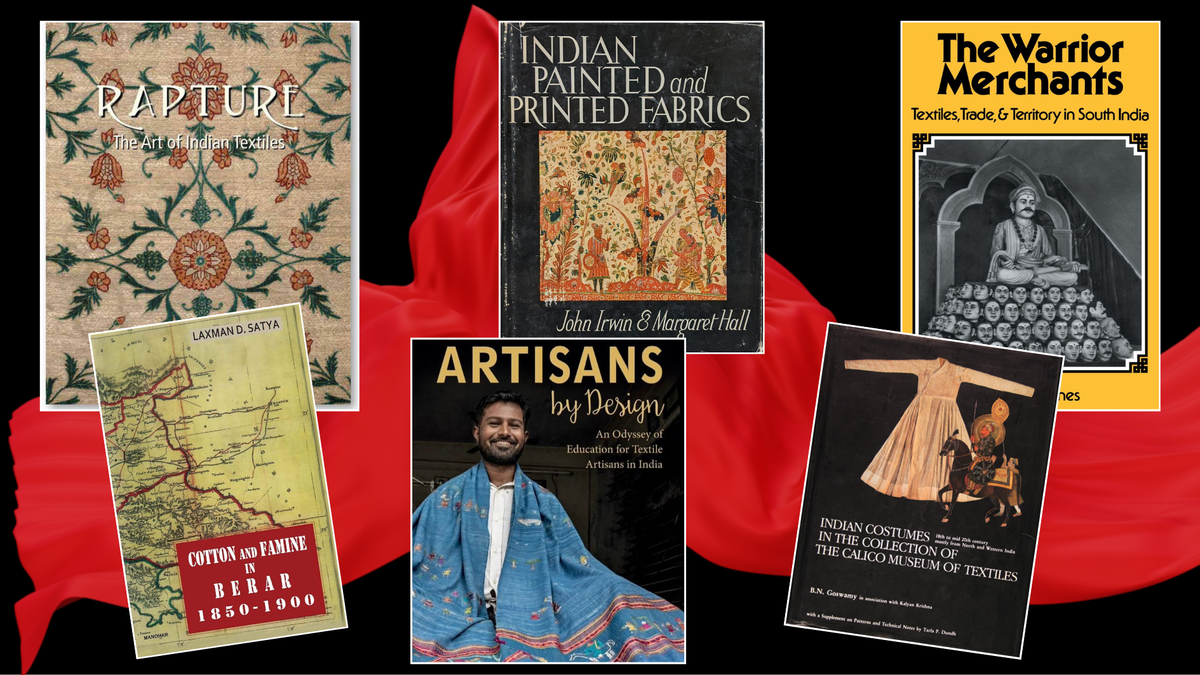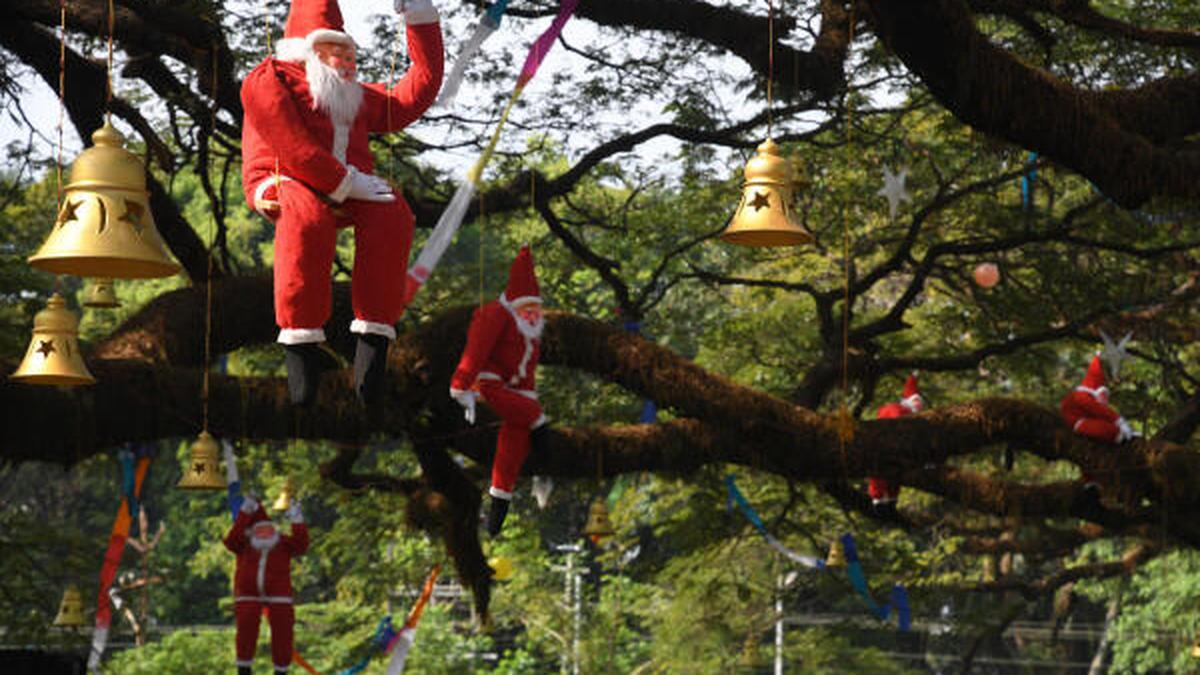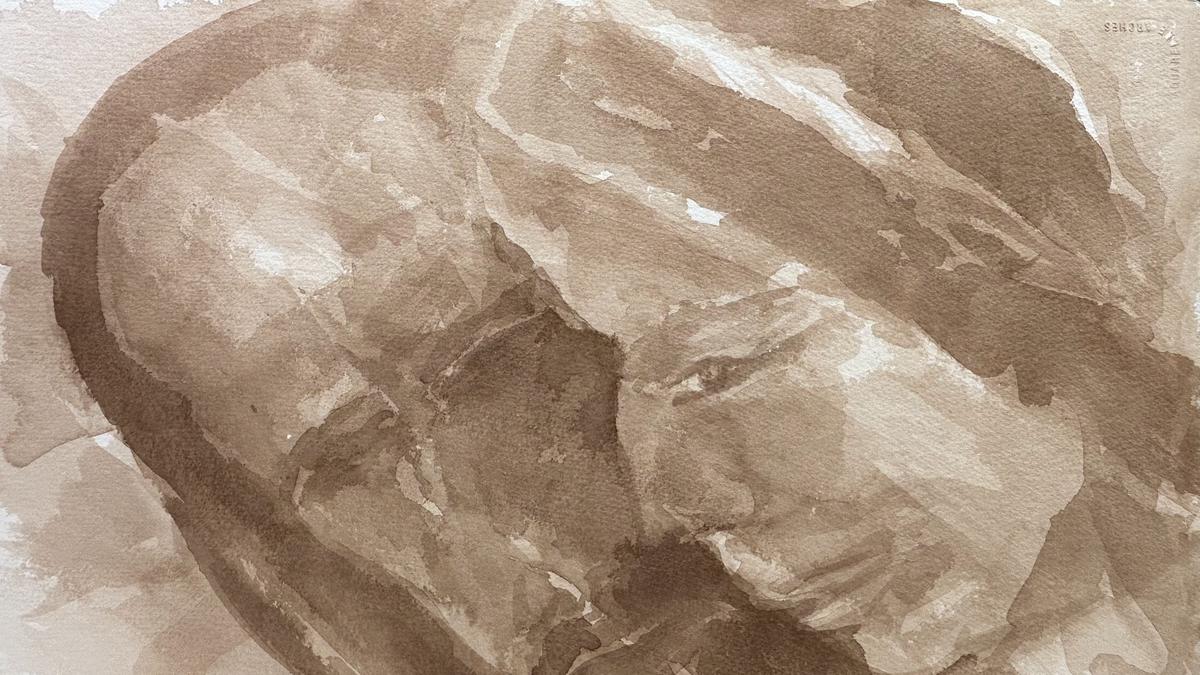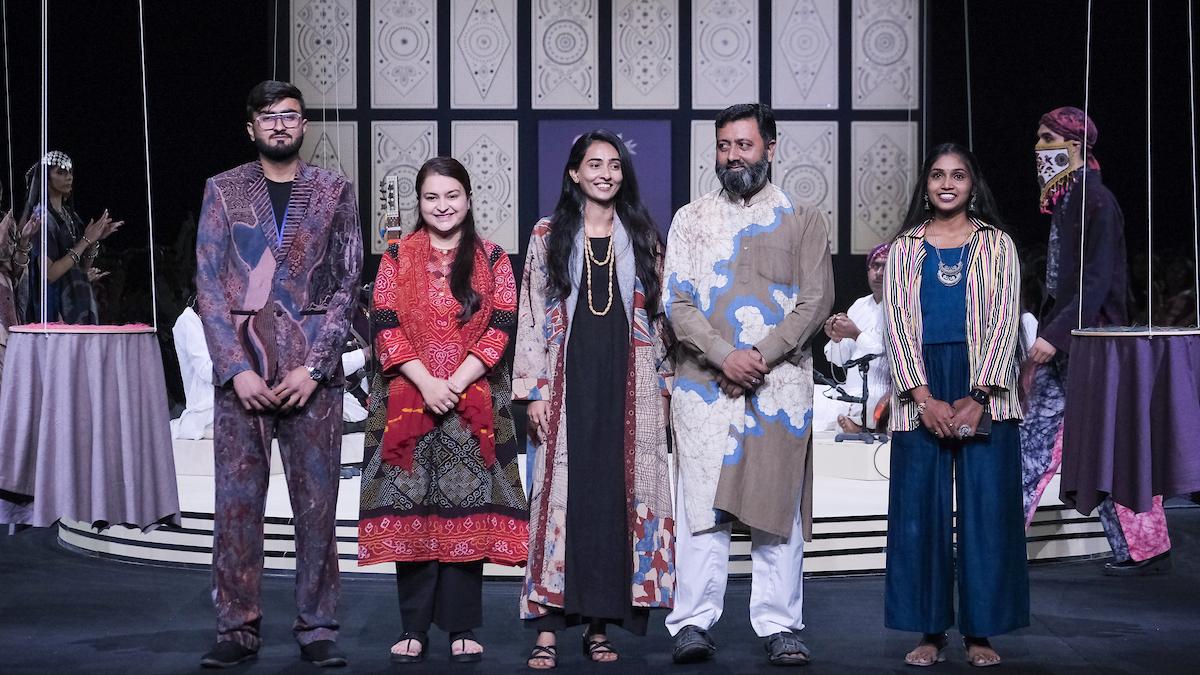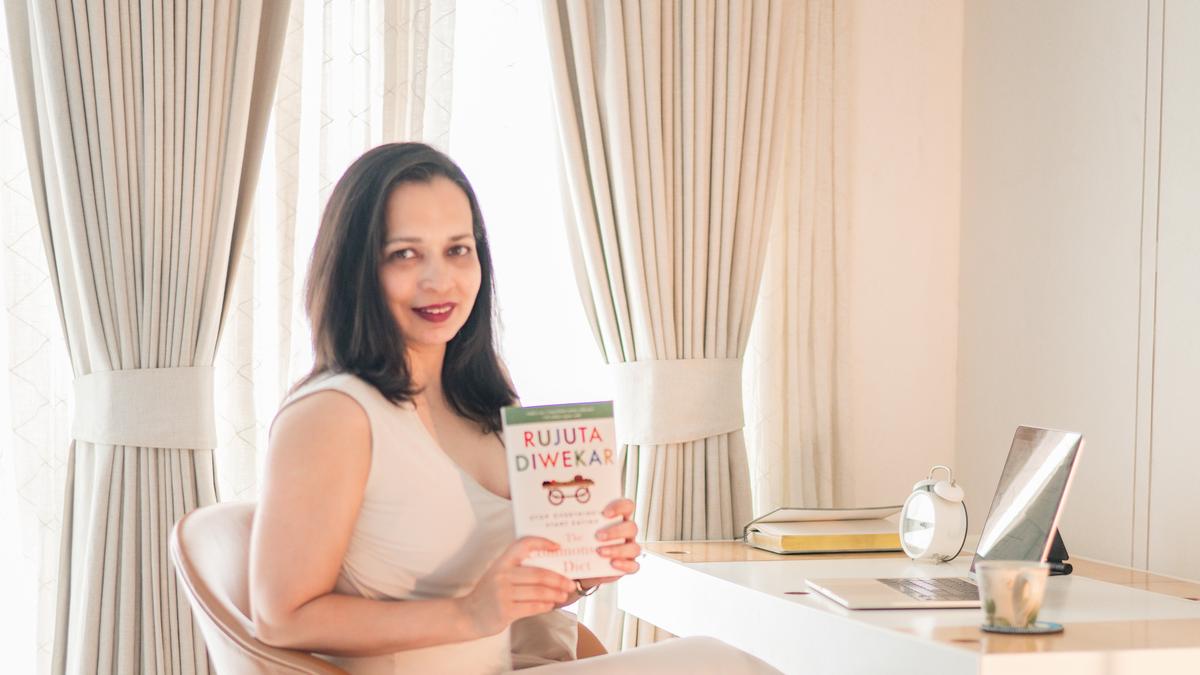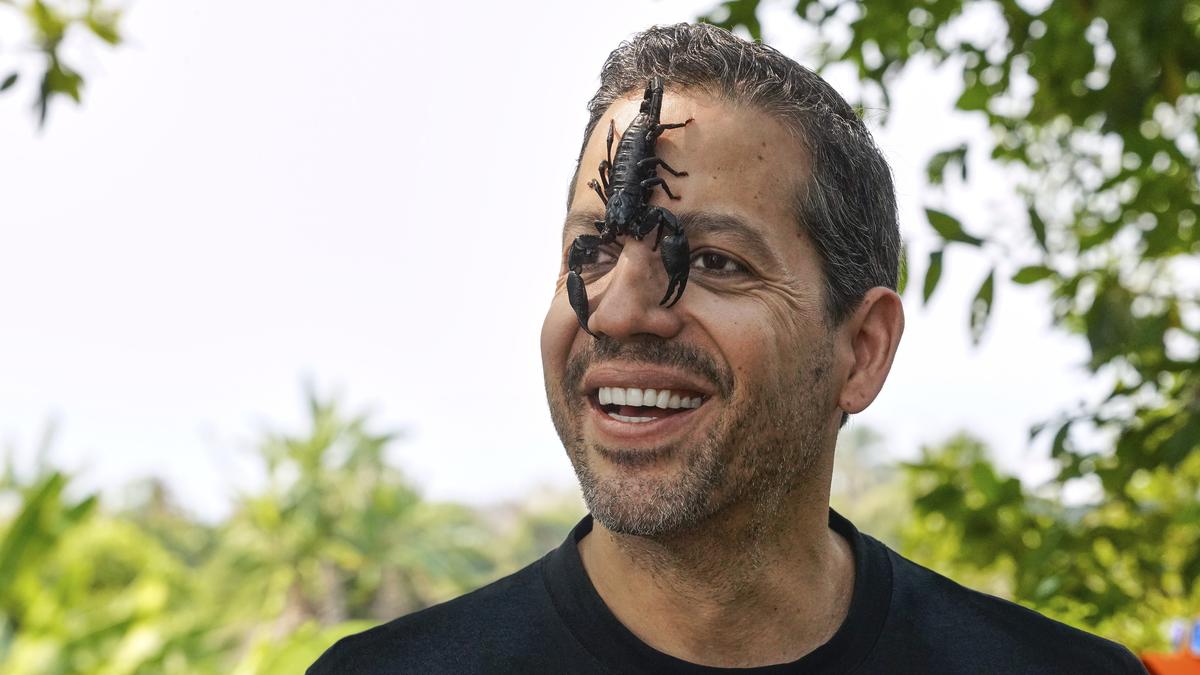5 from the Calico Museum
“It is a reflection of the sheer number and variety of Indian textiles that there is no one book that could possibly encompass them all. The nearest anyone has come is the Historic Textiles of India series by the Calico Museum, which currently runs into five fat volumes, comprising John Irwin and Margaret Hall’s Indian Painted & Printed Fabrics (1971), Indian Embroideries (by the same authors, 1973), Margaret Hall’s Indian Pigment Paintings on Cloth (1974), Indian Tie-Dyed Fabrics by Alfred Buhler, Eberhard Fischer and Marie-Louise Nabholz (1981) and B.N. Goswamy’s Indian Costumes (2000).”
Laila Tyabji, founder member of Dastkar
Back to origins
“My recommendations are Weaving Histories: The Transformation of the Handloom Industry in South India by Karuna Dietrich Wielenga, Cotton and Famine in Berar by Laxman D. Satya, The Spinning World: A Global History of Cotton Textiles edited by Giorgio Riello, Prasannan Parthasarathi and The Warrior Merchants: Textiles, Trade and Territory in South India by Mattison Mines. In my experience, there is a greater need for organising symposiums and conferences among handloom artisans, many of whom have been carrying out extensive research and experiments in cotton farming, decentralised modes of spinning natural dyes and dyeing process and textile designing.”
Uzramma, founder of the Malkha Marketing Trust
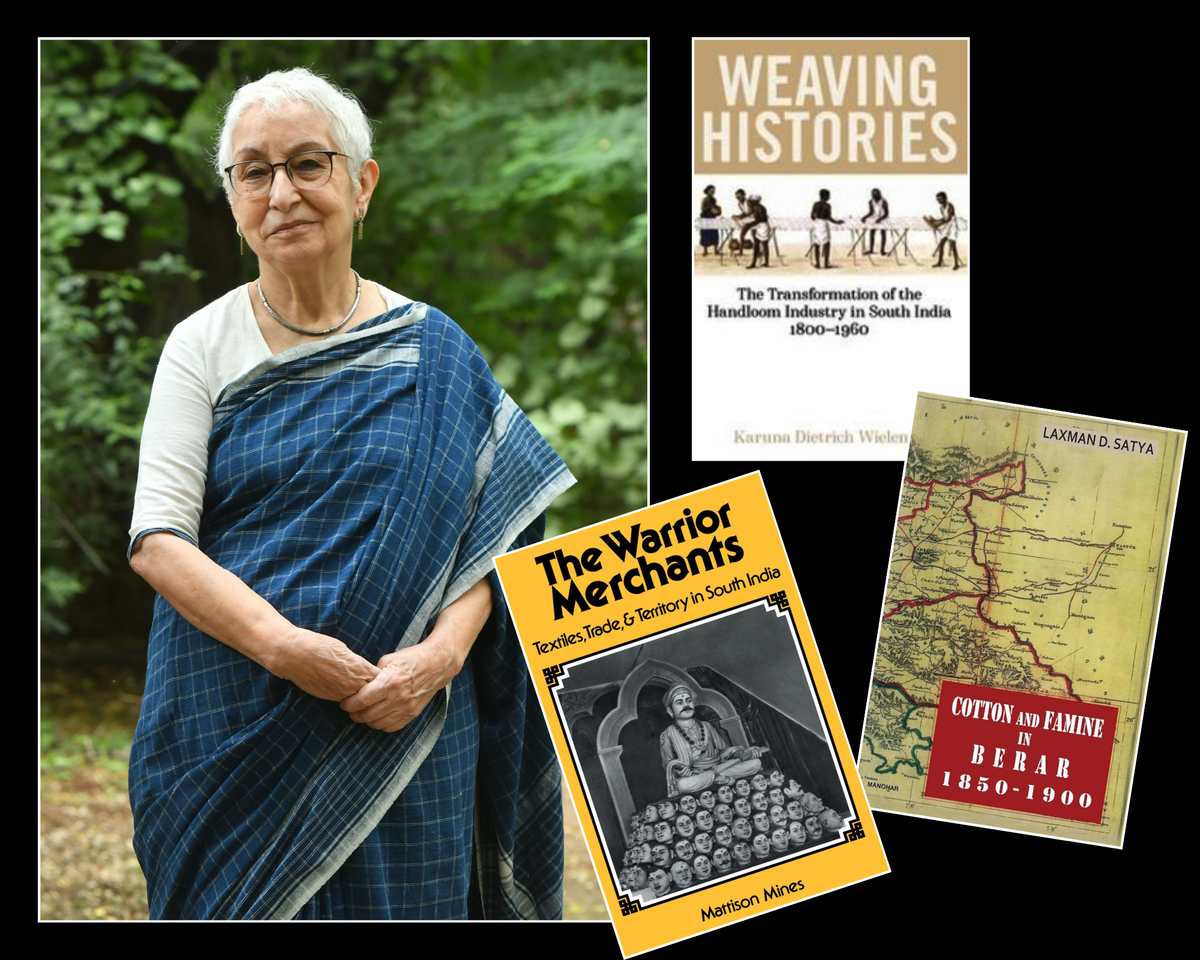
Leading with artisans
“The term ‘artisan’ is overused to imply agency and individuality when, in fact, they are treated too often as workers in factory systems. It’s so refreshing then, to read Judy Frater’s new book Artisans by Design: An Odyssey of Education for Textile Artisans in India, which weaves her profound understanding of textile traditions with the immense knowledge and perspectives of the artisan designers she has worked with since she first came to India in 1970 as a college freshman to learn about batik dyeing and to study traditional design in India.”
Phyllida Jay, anthropologist and author
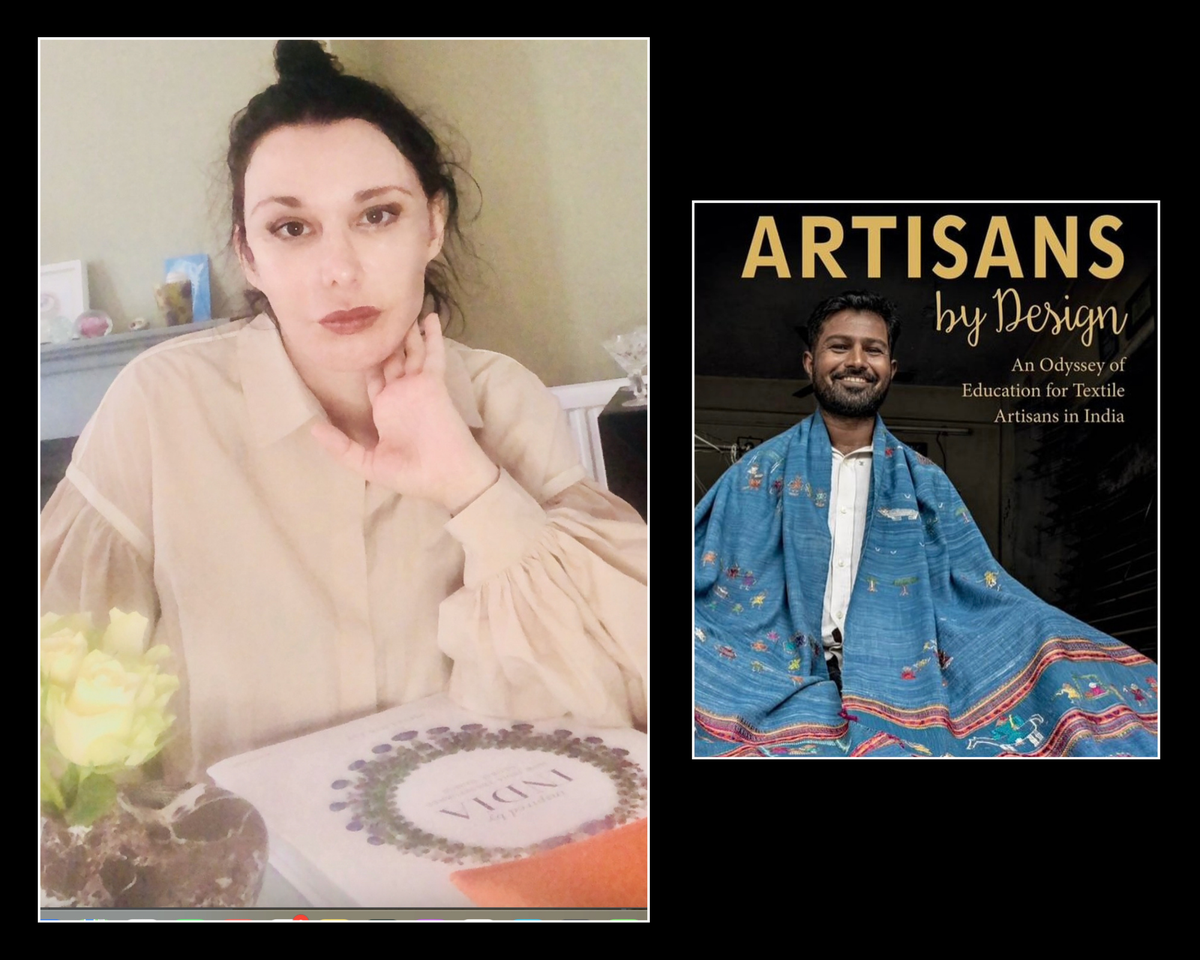
The best overview
Rapture: The Art of Indian Textiles by Rahul Jain
“It remains, till date, the best overview on historical Indian textiles over a 500-year period.”
Ahalya Matthan, founder of The Registry of Sarees
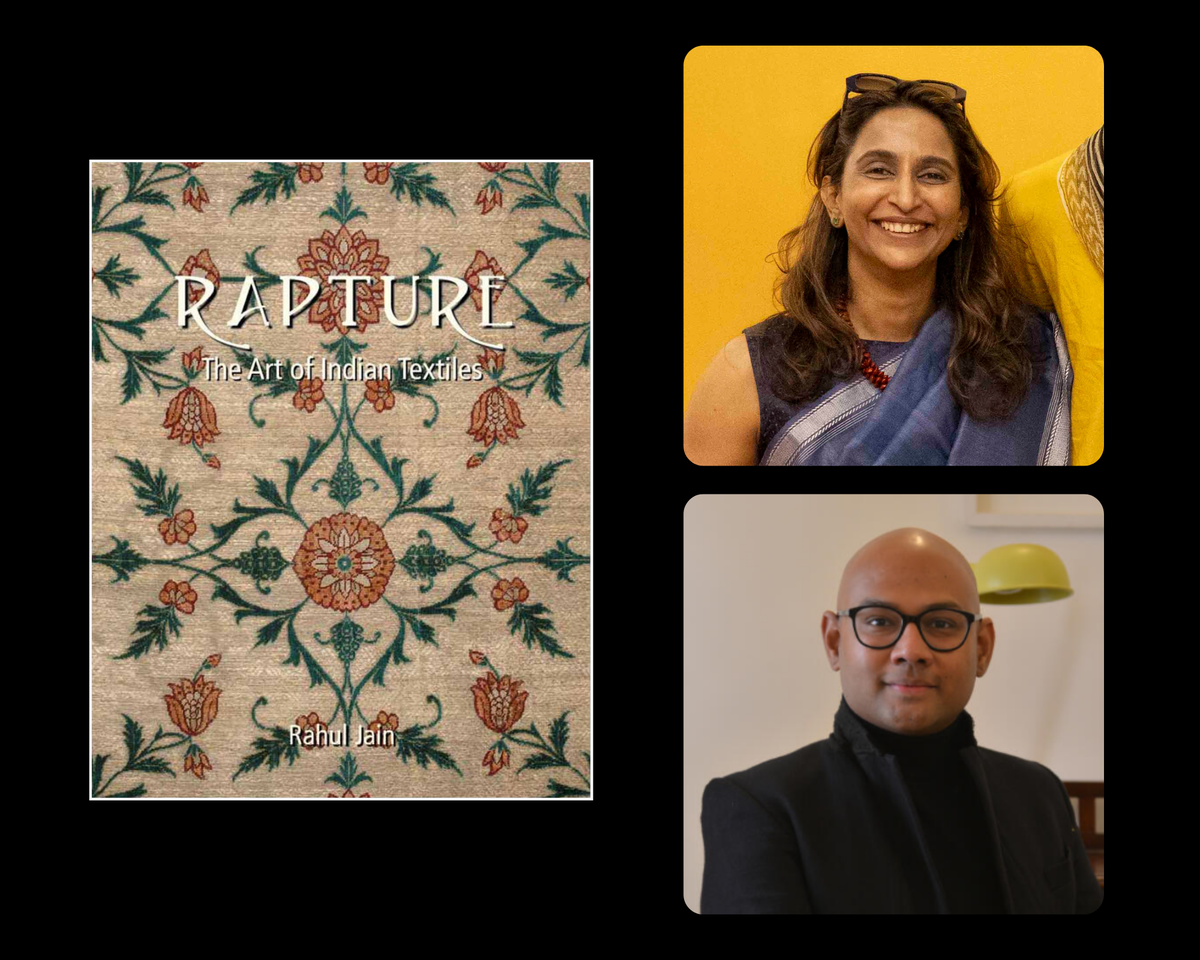
“It has a story for every night, like Shehrazade’s 1001 Nights.”
Mayank Mansingh Kaul, curator and writer
Published – February 21, 2025 02:13 pm IST


